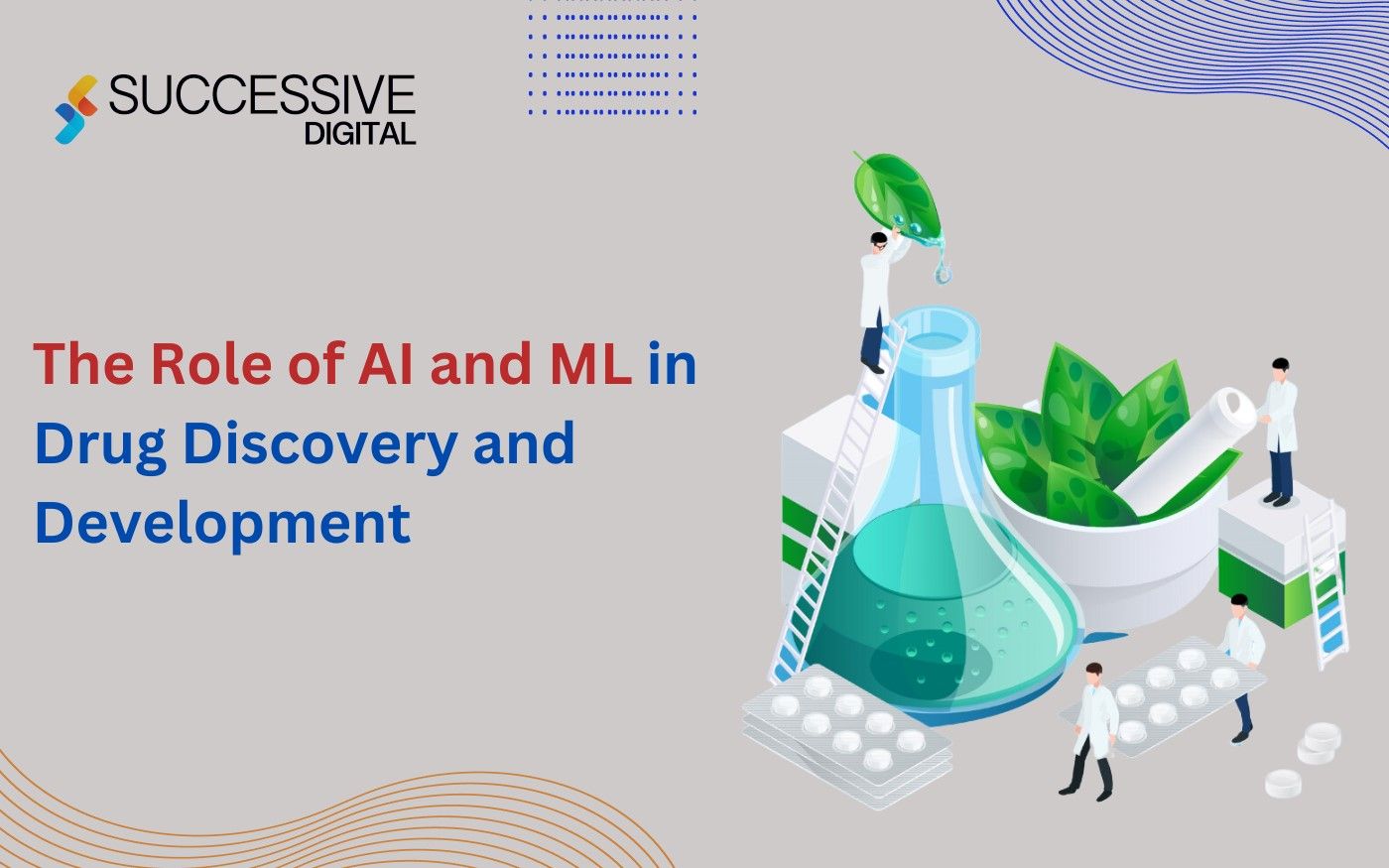“GenAI Imaging Model Predicts Tumors Using Retinal Images”

**GenAI Imaging Model Predicts Tumors Using Retinal Images: A Breakthrough in Early Cancer Detection**
Advancements in artificial intelligence (AI) and machine learning are revolutionizing the field of healthcare, enabling earlier and more accurate diagnoses of life-threatening conditions. Among the most recent and groundbreaking developments is the use of Generative AI (GenAI) imaging models to predict tumors by analyzing retinal images. This innovative approach has the potential to transform cancer detection and treatment, offering a non-invasive, cost-effective, and highly accurate diagnostic tool.
### The Science Behind Retinal Imaging and Tumor Prediction
The retina, located at the back of the eye, is a window into the body’s vascular and nervous systems. Changes in retinal blood vessels, nerve fibers, and other structures can reflect systemic health conditions, including diabetes, hypertension, and even neurodegenerative diseases. Recent research has revealed that retinal imaging can also provide insights into the presence of tumors elsewhere in the body.
Tumors, whether benign or malignant, often cause systemic changes that manifest in the retina. For example, cancer-related inflammation, altered blood flow, or metabolic disruptions may leave detectable patterns in retinal images. By training GenAI models on large datasets of retinal scans and corresponding medical records, researchers have developed algorithms capable of identifying subtle biomarkers that may indicate the presence of tumors.
### How GenAI Imaging Models Work
Generative AI models, such as those based on deep learning architectures, excel at recognizing patterns in complex datasets. These models are trained using supervised learning, where they analyze thousands or even millions of retinal images labeled with known health outcomes. Over time, the AI learns to associate specific retinal features with the likelihood of a tumor being present.
The process typically involves the following steps:
1. **Data Collection and Preprocessing**: High-resolution retinal images are collected from diverse populations, ensuring that the dataset is representative of different demographics, including age, gender, and ethnicity. Images are preprocessed to enhance clarity and remove noise.
2. **Model Training**: The GenAI model is trained on the dataset, learning to identify subtle patterns, such as microvascular abnormalities, that may correlate with tumor presence.
3. **Validation and Testing**: The model is tested on new, unseen retinal images to evaluate its accuracy, sensitivity, and specificity in predicting tumors.
4. **Deployment**: Once validated, the model can be integrated into clinical workflows, allowing healthcare providers to upload retinal images and receive AI-generated predictions in real-time.
### Advantages of Using Retinal Imaging for Tumor Prediction
The use of retinal imaging for tumor prediction offers several significant benefits:
1. **Non-Invasive and Painless**: Unlike traditional diagnostic methods such as biopsies or imaging scans (e.g., CT or MRI), retinal imaging is a non-invasive procedure that requires only a simple photograph of the eye.
2. **Cost-Effective**: Retinal imaging is relatively inexpensive compared to other diagnostic tools, making it accessible for widespread screening programs.
3. **Early Detection**: By identifying tumors at an early stage, when they are more treatable, GenAI models can improve patient outcomes and survival rates.
4. **Scalability**: Retinal imaging devices are portable and easy to use, enabling mass screenings in both urban and rural settings.
5. **Holistic Health Insights**: In addition to tumor prediction, retinal imaging can provide information about other health conditions, offering a comprehensive view of a patient’s overall health.
### Challenges and Ethical Considerations
Despite its promise, the use of GenAI imaging models for tumor prediction is not without challenges. One major concern is the quality and diversity of training data. If the dataset is biased or incomplete, the model’s predictions may be less accurate for certain populations, potentially exacerbating health disparities.
Another challenge is the “black box” nature of AI models. While they can make highly accurate predictions, understanding how they arrive at these conclusions is often difficult. This lack of transparency can hinder trust and adoption among healthcare providers and patients.
Ethical considerations also come into play, particularly regarding data privacy and consent. Retinal images are sensitive medical data, and ensuring their secure storage and use is paramount. Additionally, the potential for false positives or negatives must be carefully managed to avoid unnecessary anxiety or missed diagnoses.
### Real-World Applications and Future Directions
Several research teams and companies are already exploring the use of GenAI imaging models for tumor prediction. For example, Google Health has been investigating the use of AI in retinal imaging for various health conditions, and similar initiatives are underway at leading academic institutions and startups.
In the future, this technology could be integrated into routine eye exams, allowing optometrists and ophthalmologists to play a critical role in early cancer detection. Combined with other diagnostic tools, GenAI models could form the backbone of personalized medicine, tailoring treatment plans to individual patients based on their unique health profiles.
Moreover, as AI technology continues to evolve, we may see the development of multimodal models